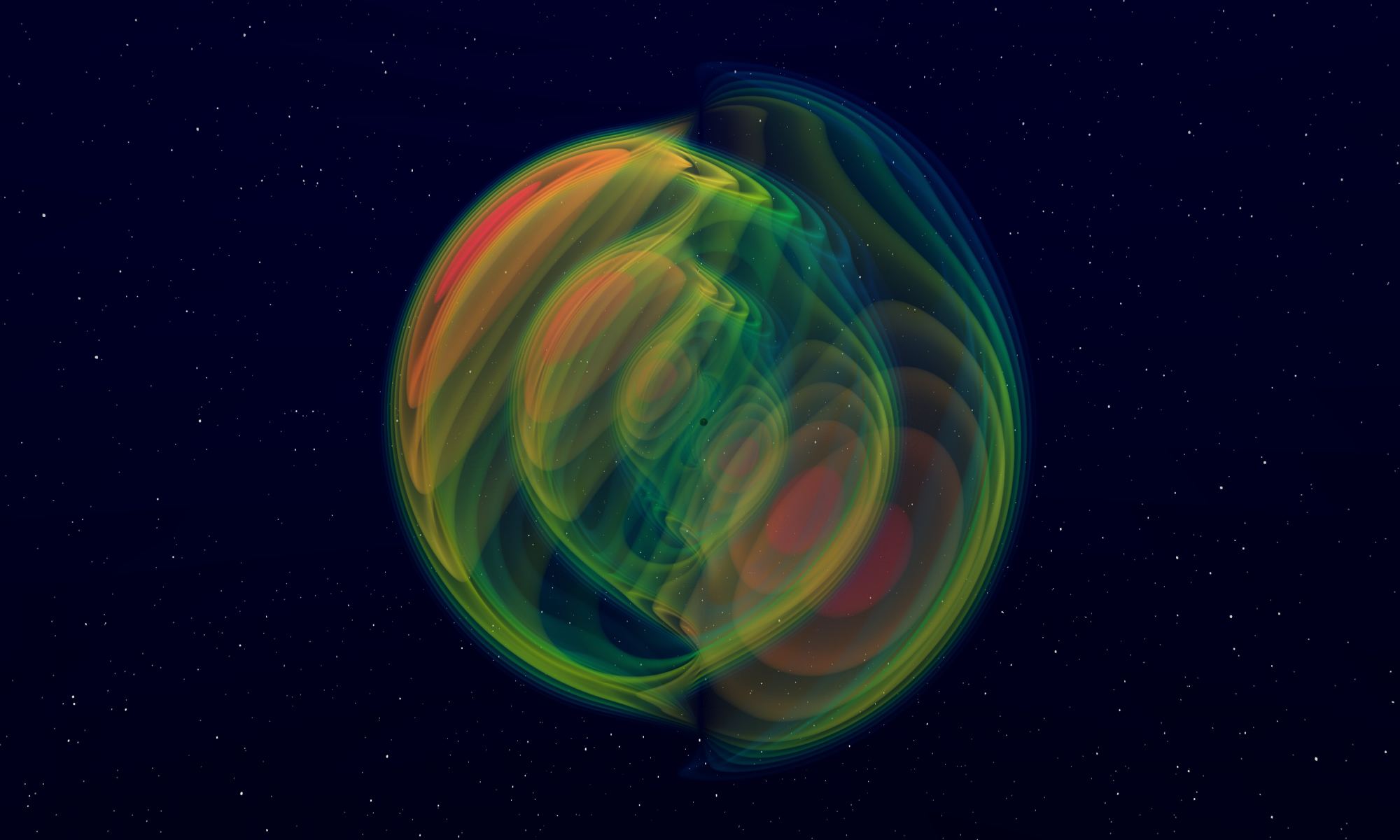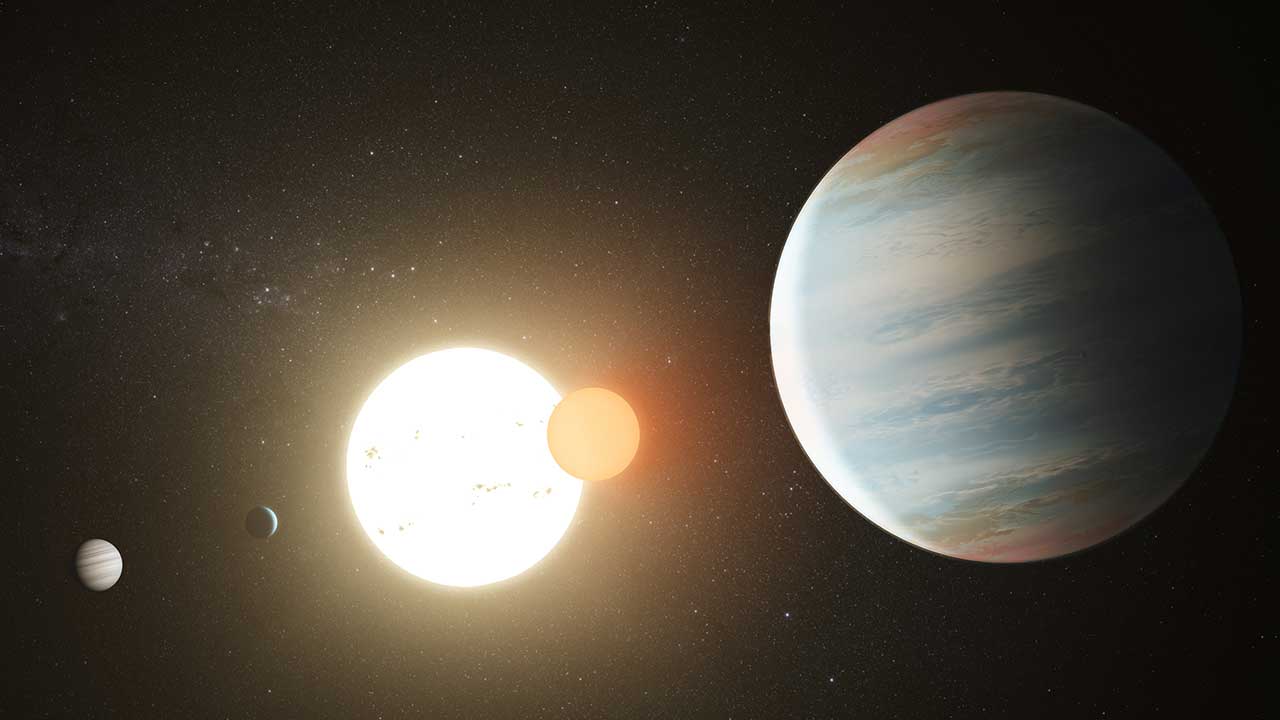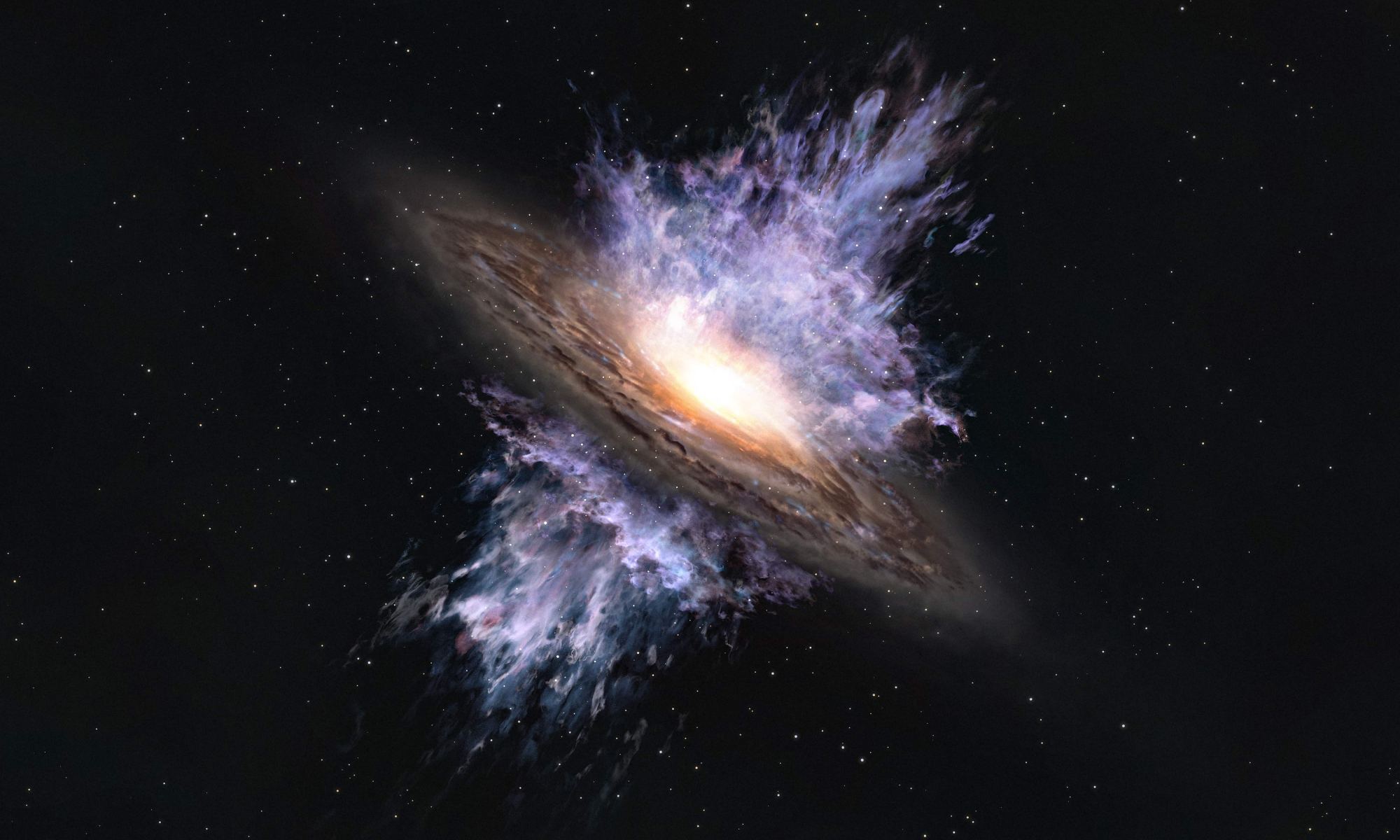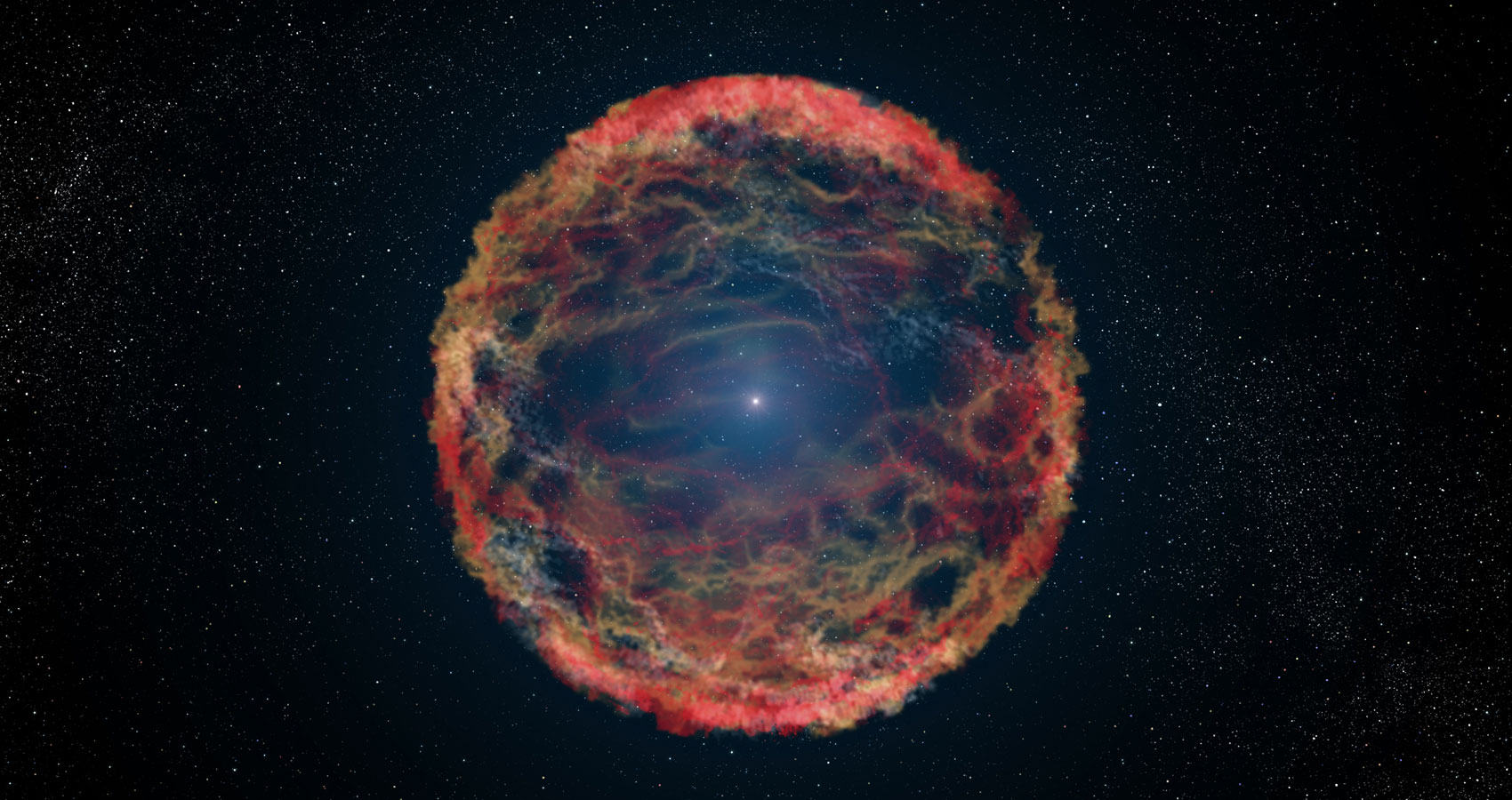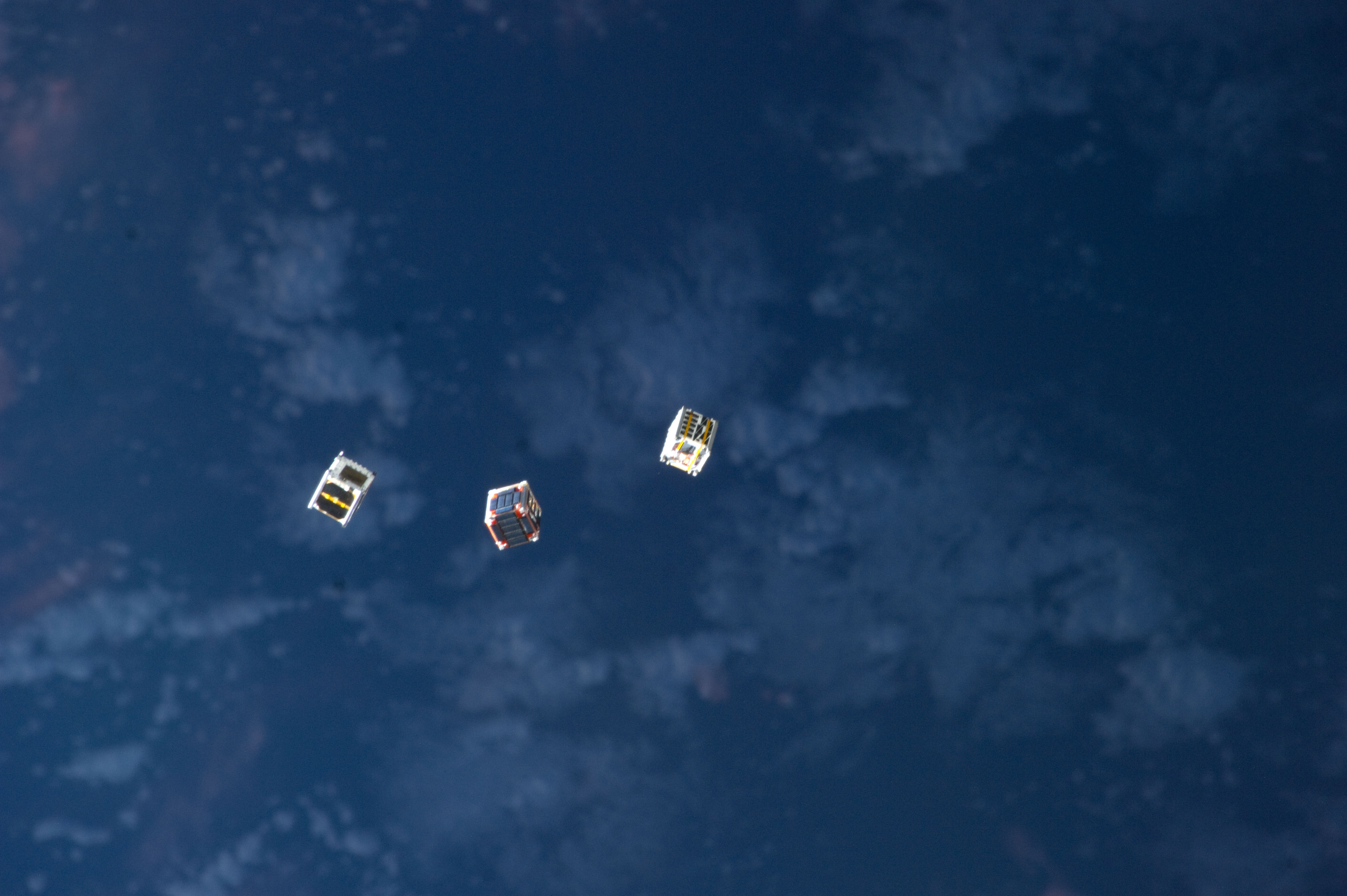Gravitational-wave detectors have been a part of astronomy for several years now, and they’ve given us a wealth of information about black holes and what happens when they merge. Gravitational-wave astronomy is still in its infancy, and we are still very limited in the type of gravitational waves we can observe. But that could change soon.
Continue reading “Gravitational-Wave Detector Could Sense Merging Primordial Black Holes With the Mass of a Planet, Millions of Light-Years Away”Gravitational-Wave Detector Could Sense Merging Primordial Black Holes With the Mass of a Planet, Millions of Light-Years Away
